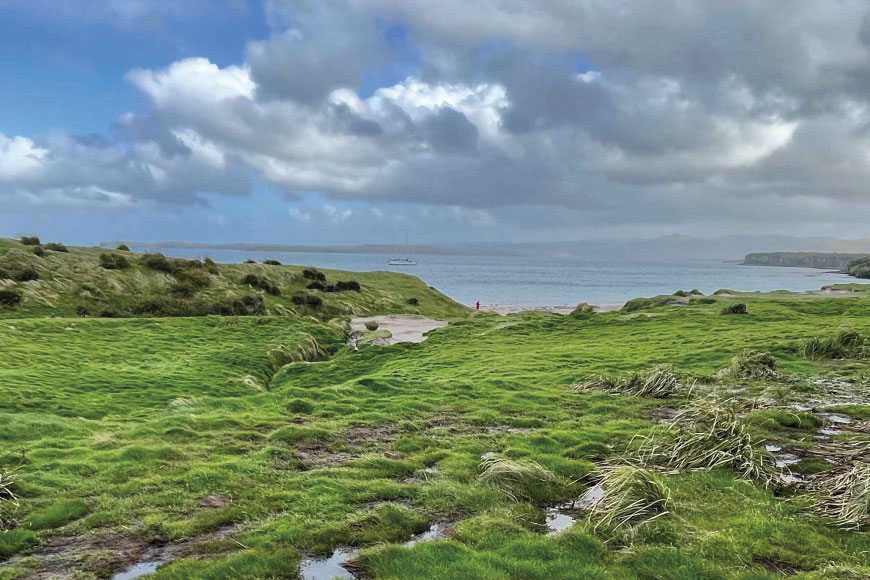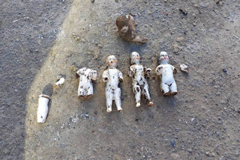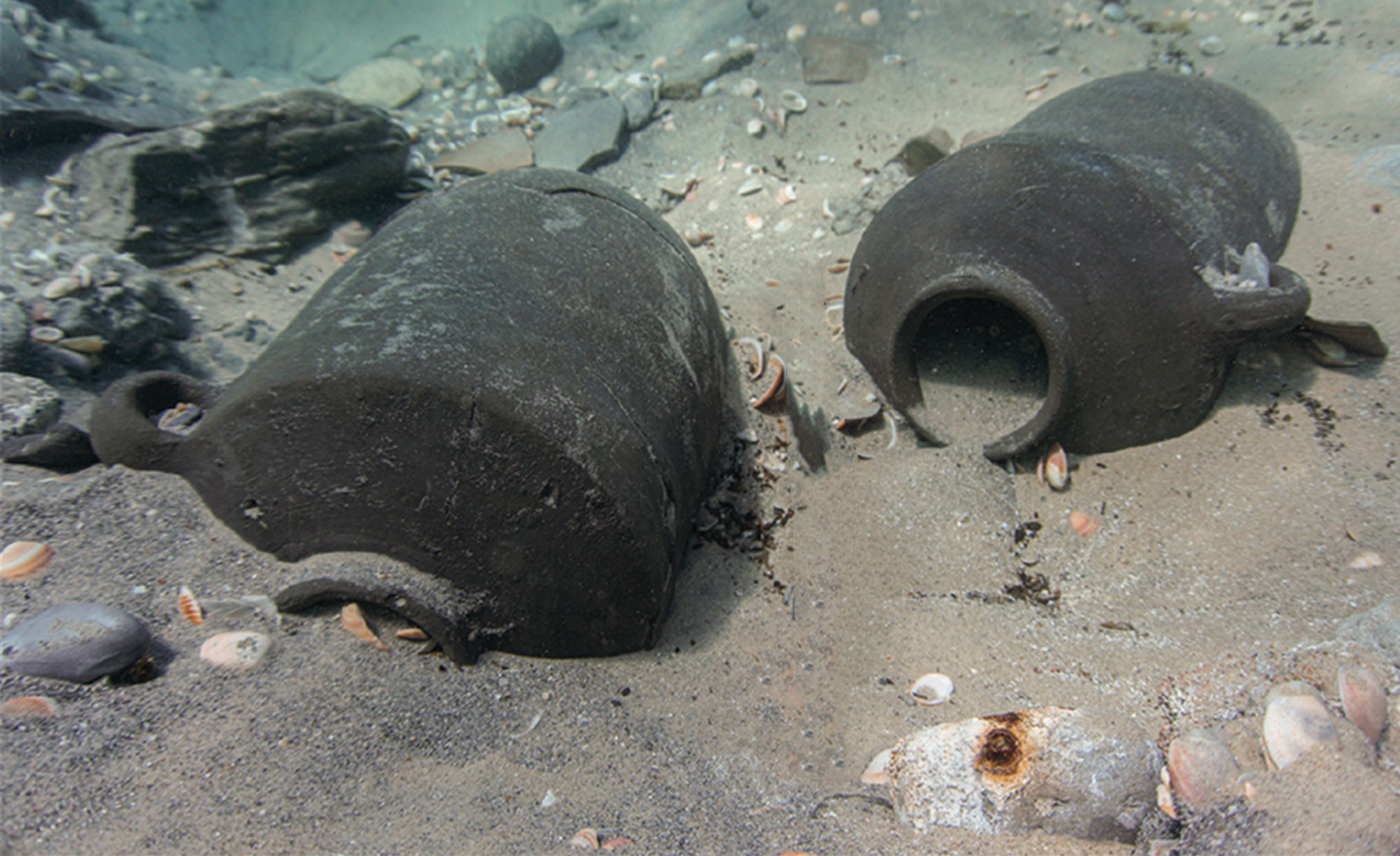Features From the Issue
-
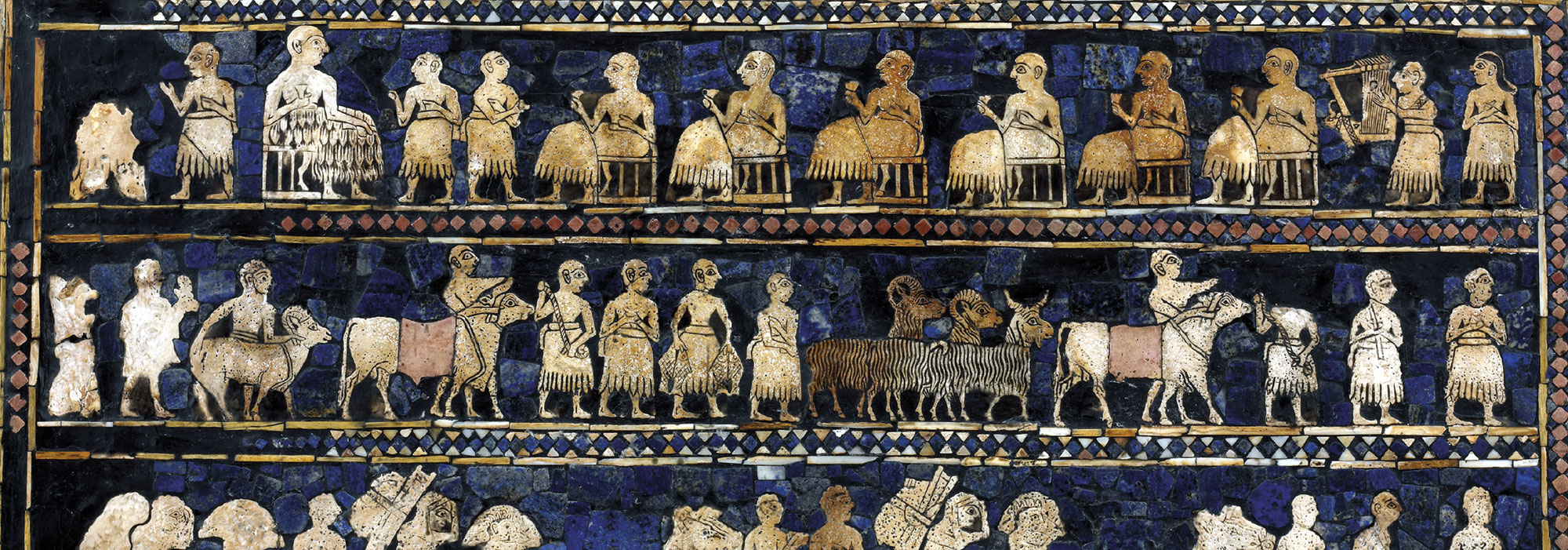 (© The Trustees of the British Museum/Art Resource, NY)
(© The Trustees of the British Museum/Art Resource, NY) -
Features
Last Stand of the Hunter-Gatherers?
The 11,000-year-old stone circles of Göbekli Tepe in modern Turkey may have been monuments to a vanishing way of life
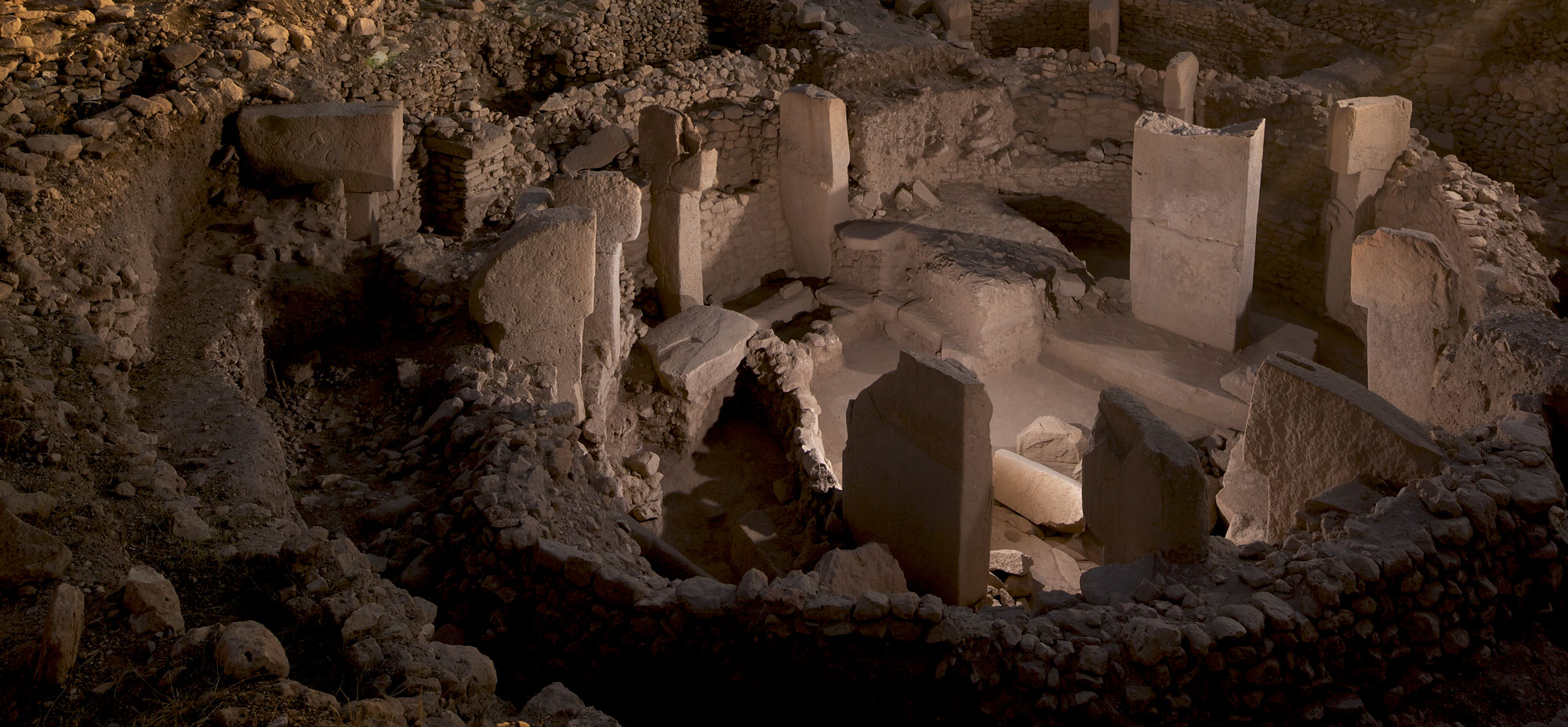 (Vincent J. Musi)
(Vincent J. Musi) -
Features
The Vikings Head West
Discoveries on Iceland’s coast challenge the traditional time line of the island’s settlement
-
Features
Exploring the Kingdom of Izapa
An overlooked people living between the Olmec and Maya worlds were a cultural force far beyond their realm
-
Features
Between Athens and Thebes
Archaeologists investigate an imposing stronghold that overlooked the contested border dividing two rival city-states
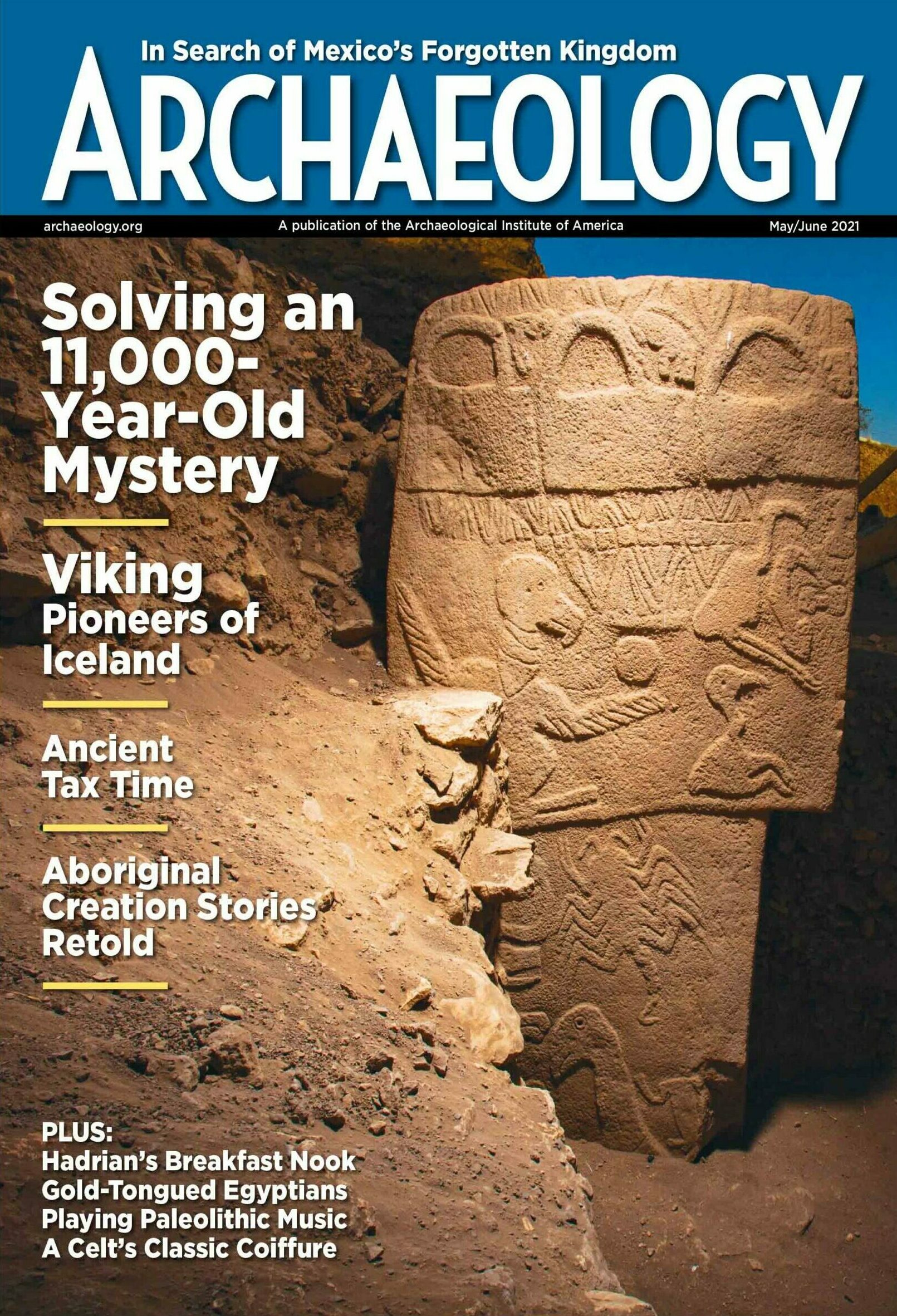
Letter from Australia
Letter from Australia
Where the World Was Born
Newly discovered rock art panels depict how ancient Aboriginal ancestors envisioned climate change and creation

Artifact
Artifacts
Magdalenian Wind Instrument
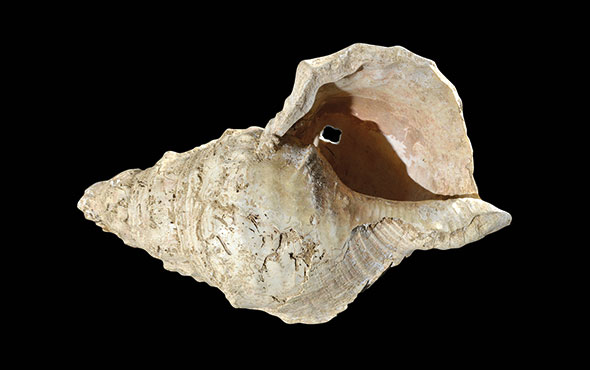
Digs & Discoveries
-
Digs & Discoveries
You Are How You Cook
 (loraks/iStock)
(loraks/iStock) -
Digs & Discoveries
After the Fall
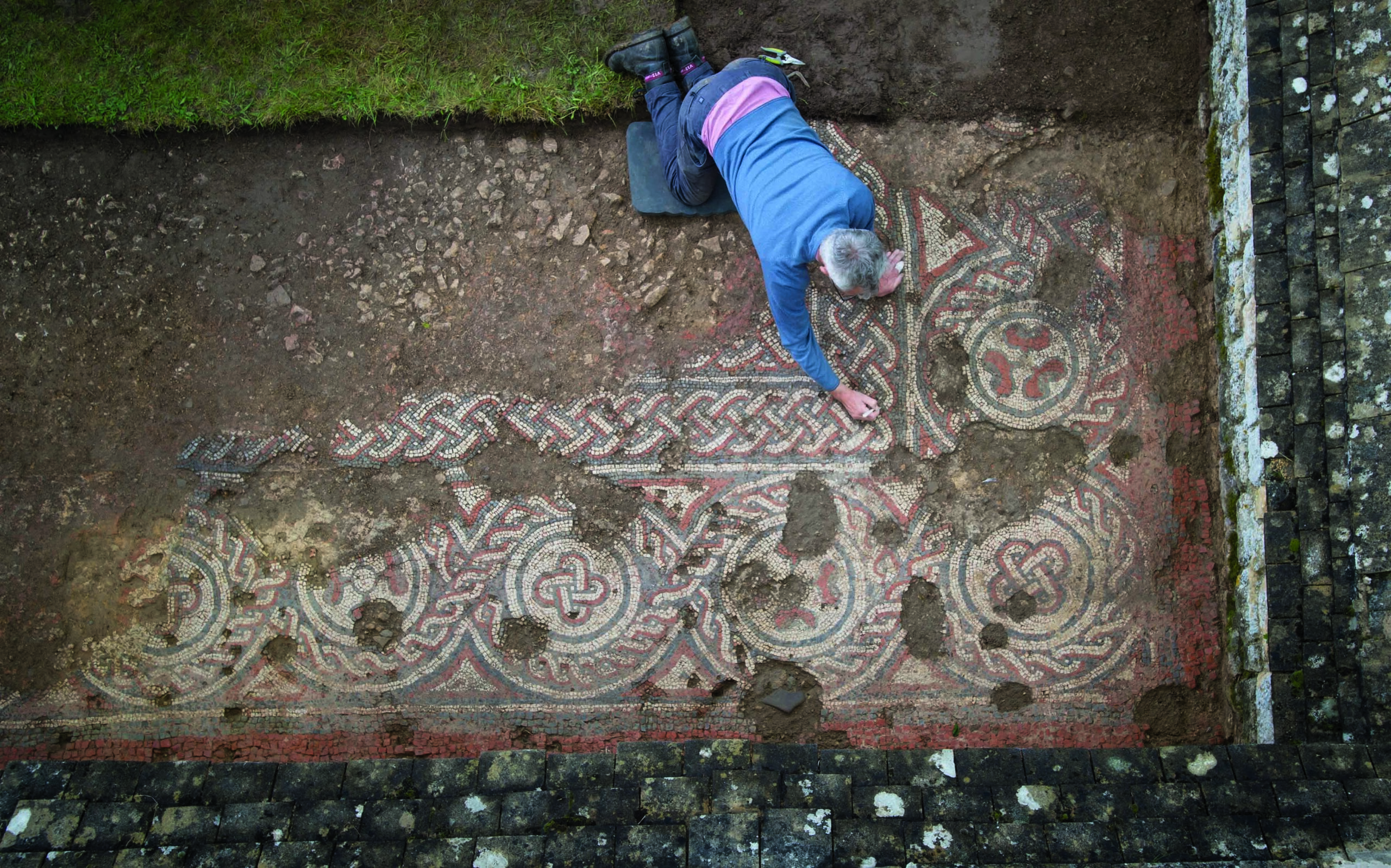 (National Trust Images/Stephen Haywood)
(National Trust Images/Stephen Haywood) -
Digs & Discoveries
Consider the Craniums
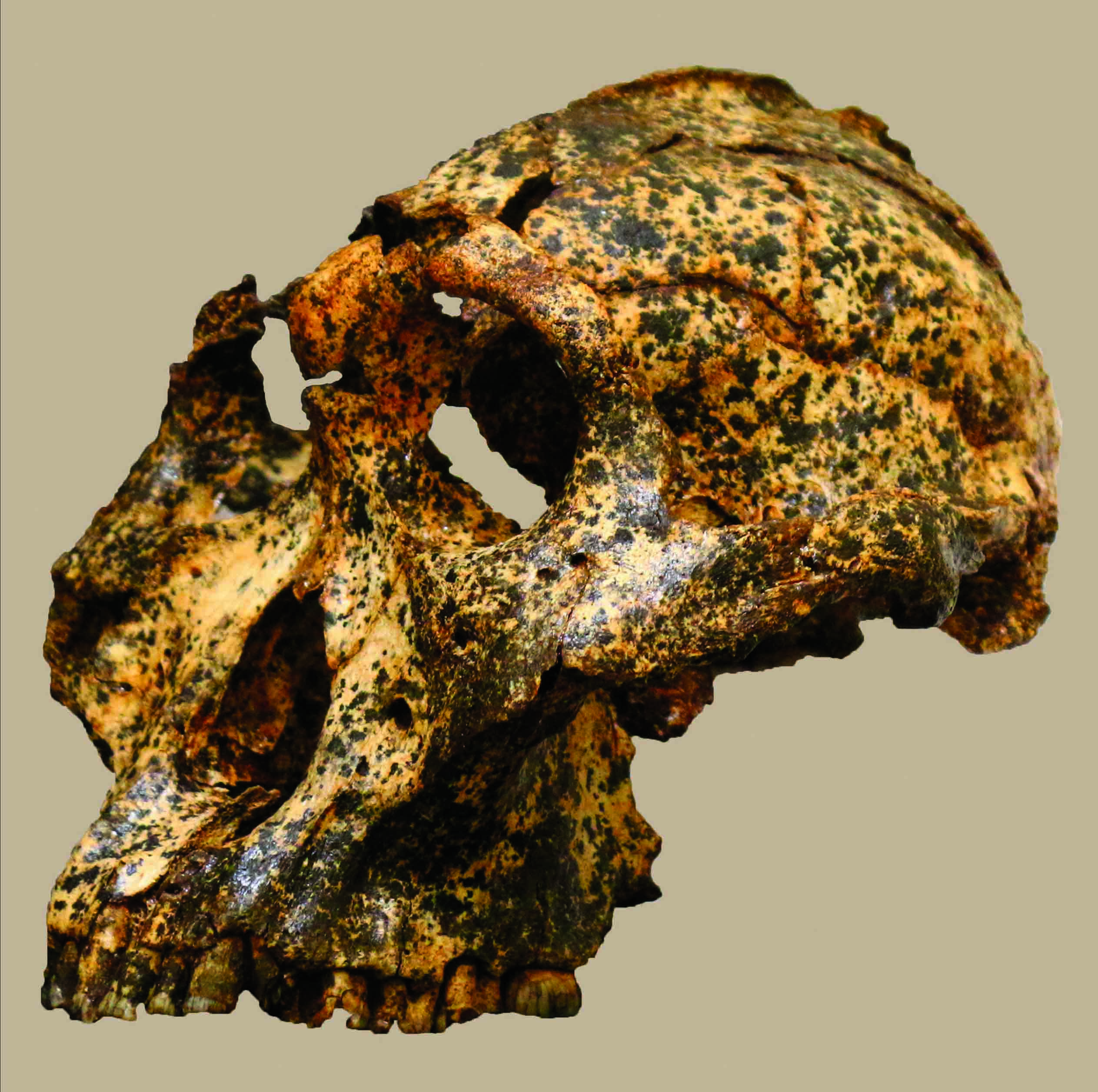
-
Digs & Discoveries
Ship of Ivory
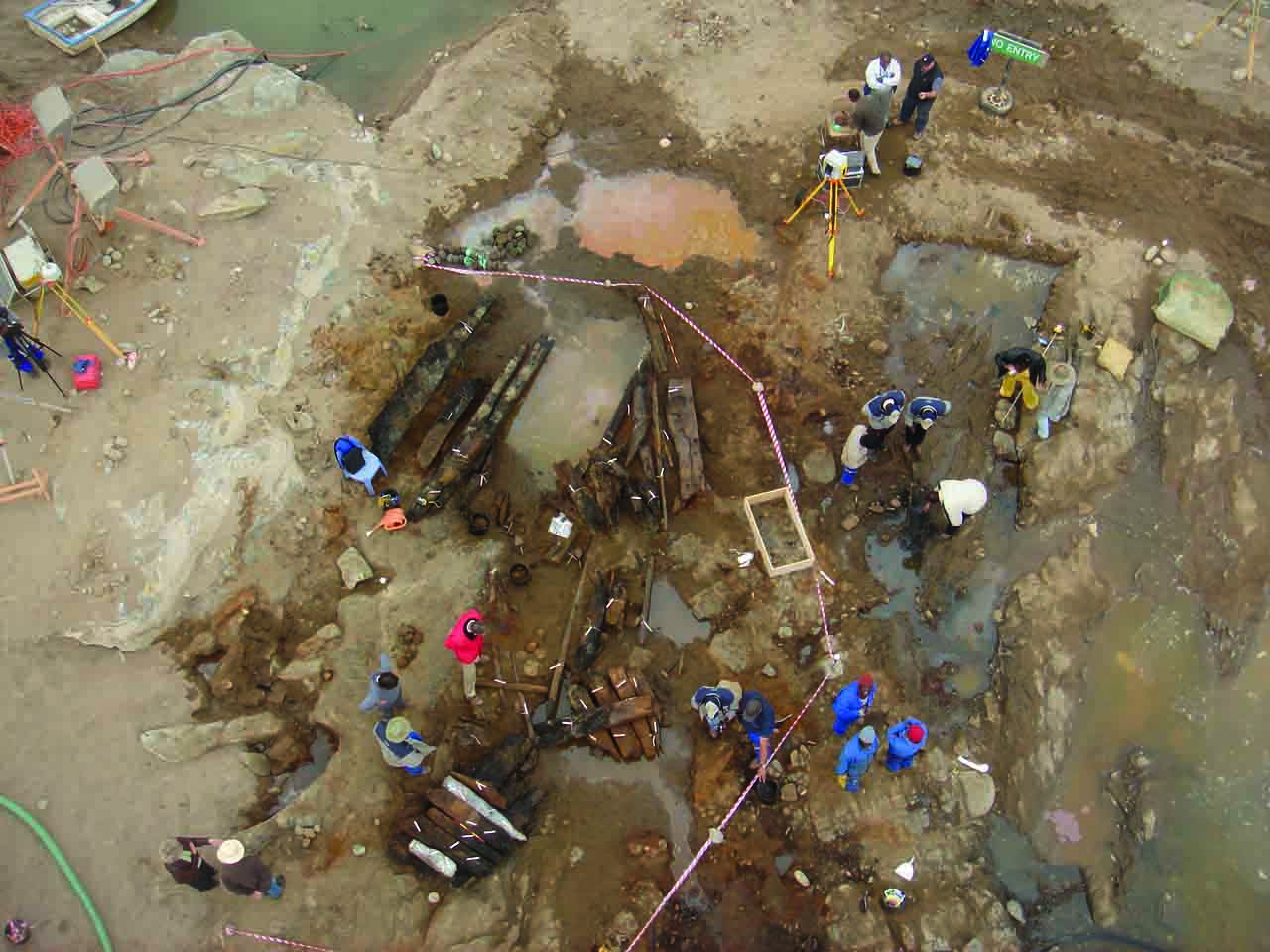 (National Museum of Namibia, Windhoek)
(National Museum of Namibia, Windhoek) -
Digs & Discoveries
Money Talks
 (Dafna Gazit, Israel Antiquities Authority)
(Dafna Gazit, Israel Antiquities Authority) -
Digs & Discoveries
Heads of the Family
 (FAS Heritage)
(FAS Heritage) -
Digs & Discoveries
Mistaken Identity
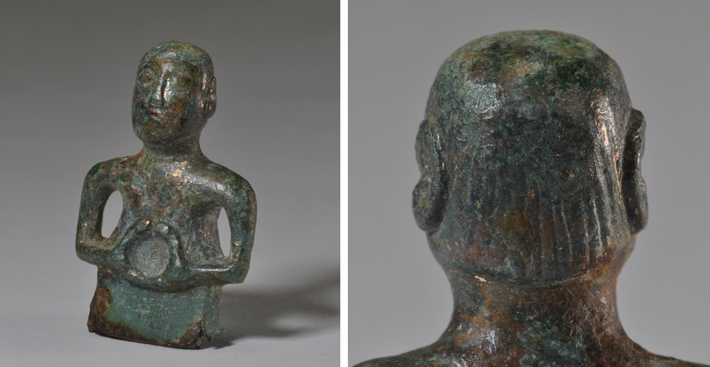 (James Fairbairn, Oxford Archaeology East)
(James Fairbairn, Oxford Archaeology East) -
Digs & Discoveries
Beast Masters
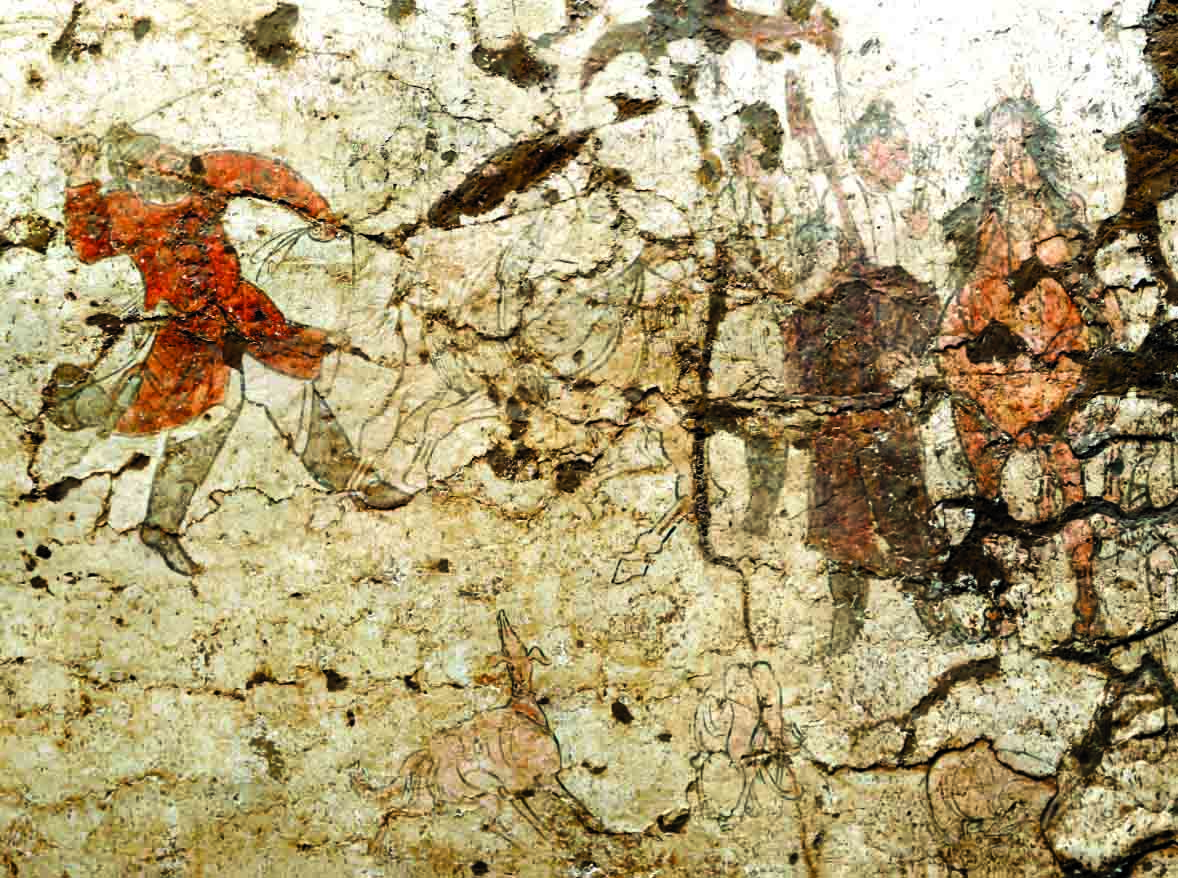 Shaanxi Academy of Archaeology
Shaanxi Academy of Archaeology -
Digs & Discoveries
Swan Songs
 (Courtesy Filip Ondrkál)
(Courtesy Filip Ondrkál) -
Digs & Discoveries
A Welsh Ancestor
 (Photography by A. Stanford)
(Photography by A. Stanford) -
Digs & Discoveries
Artemis, Apollo, and Friends
 (Courtesy of Nevzat Çevik)
(Courtesy of Nevzat Çevik) -
Digs & Discoveries
A Twin Burial
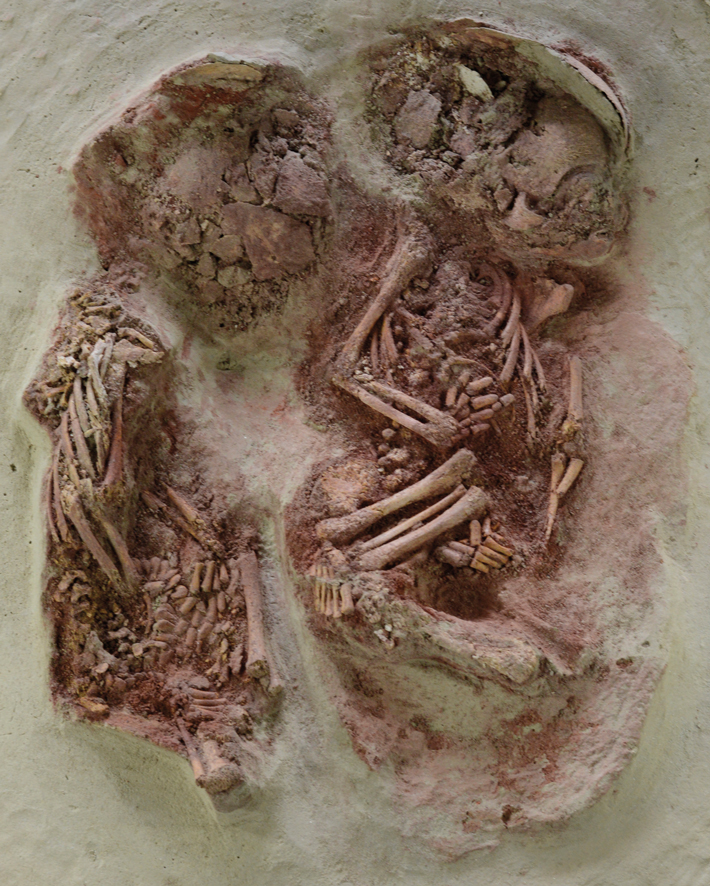 (© OREA ÖAW)
(© OREA ÖAW)
Off the Grid
Off the Grid May/June 2021
Saint Helena
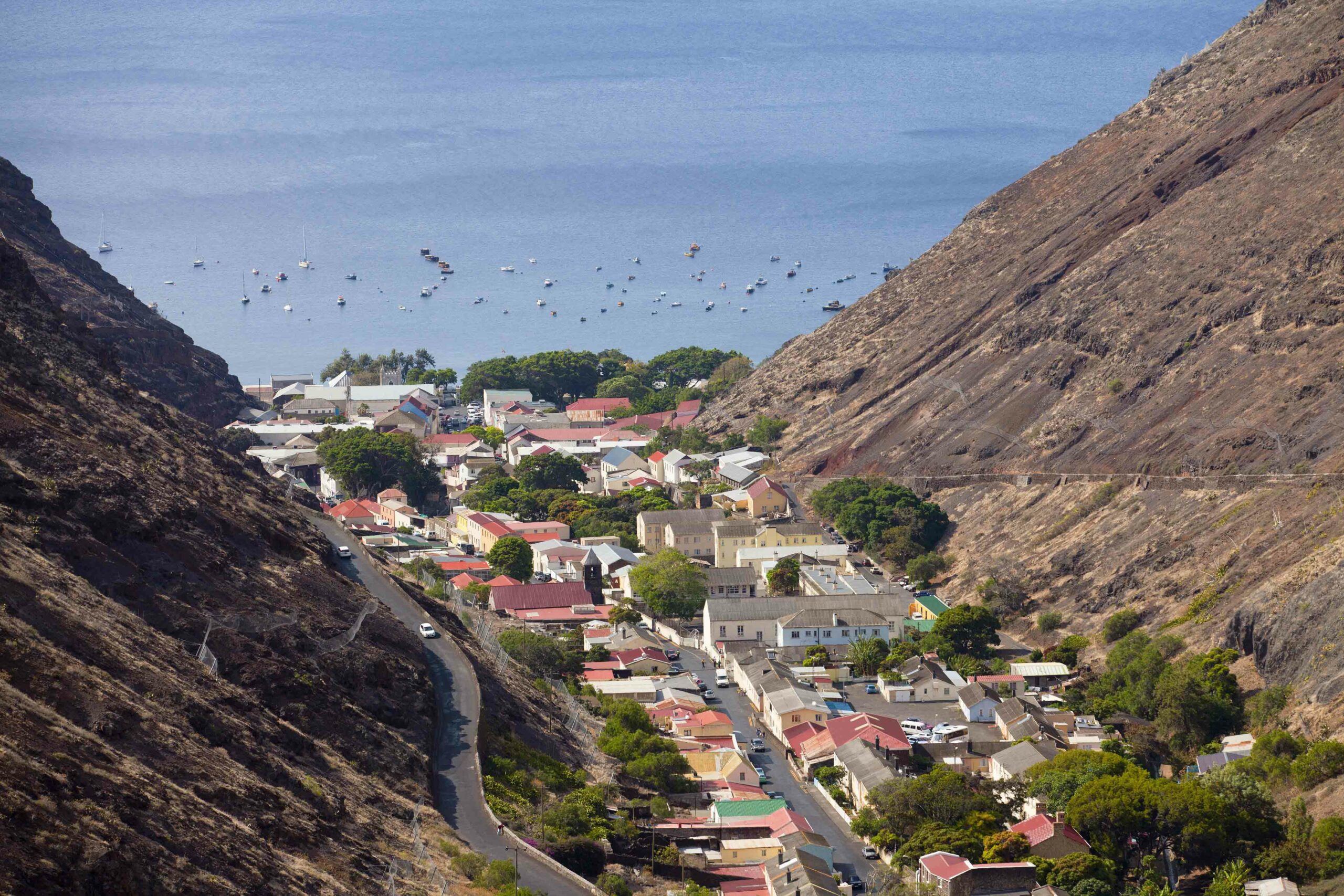
Around the World
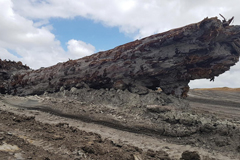
NEW ZEALAND

NEW ZEALAND: Radiocarbon dating of ancient kauri trees preserved in the wetlands of Ngawha helped pinpoint the date of the mysterious Laschamp excursion, when the earth’s magnetic north and south poles temporarily swapped position 42,000 years ago. Researchers propose that this phenomenon led to drastic changes in climate and an increase in solar and cosmic radiation. They theorize that this may have led people to create more rock art as they increasingly sought protection in caves.
Related Content
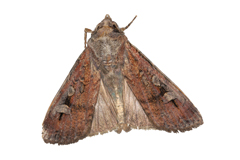
AUSTRALIA

AUSTRALIA: In some cultures, insects are an important dietary source of protein, fat, and vitamins. Europeans who first settled Australia in the 19th century recorded how Aboriginal groups gathered annually in the Australian Alps to collect large numbers of migratory bogong moths. Moth residue on a recently excavated grinding tool from Cloggs Cave shows that this practice dates back at least 2,000 years. Researchers believe the tool was used to process the insects into cakes that could be smoked and preserved for weeks.
Related Content
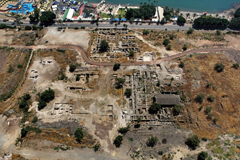
ISRAEL

ISRAEL: A mosque dating to the earliest decades of Islam was identified in the city of Tiberias, near the Sea of Galilee. Researchers believe it dates to around A.D. 670, just a generation after the death of the prophet Muhammad. Tiberias was founded by the Romans in the 1st century A.D. and conquered by Muslim forces in A.D. 635. Because most other mosques from this period are still in use and therefore can’t be excavated, this new discovery will provide archaeologists with an unprecedented opportunity to investigate a religious building dating to Islam’s infancy.



